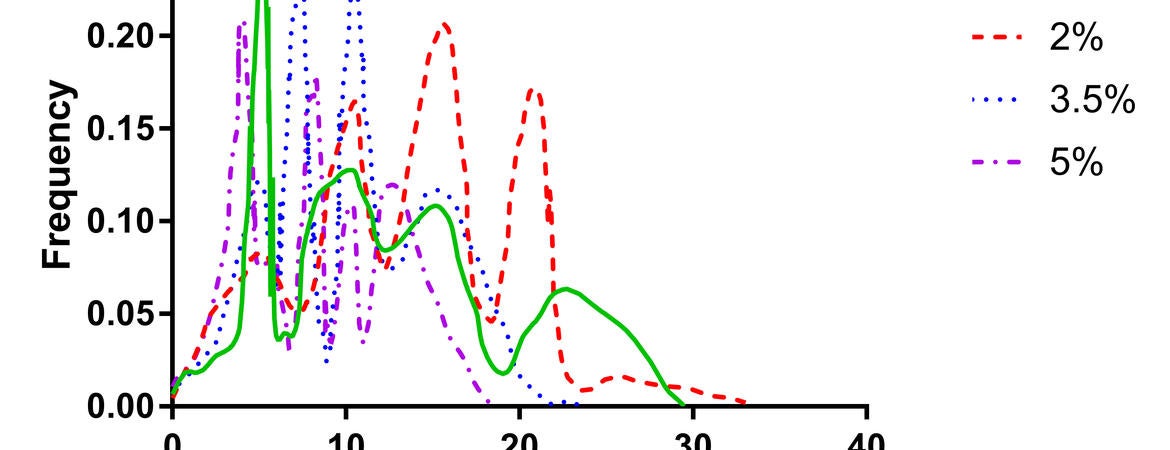

Our collaborative work with Professor Ali Salem in Pharmaceutical Sciences and Experimental Therapeutics at The University of Iowa is now published in AAPCS PharmSciTech as part of the topical collection Translational Multi-Disciplinary Approach for the Drug and Gene Delivery Systems. The manuscript is the primary work of Dr. Treniece Terry and sets the stage for the development of poly(lactic acid)-co-monomethoxy poly(ethylene glycol) (PLA-mPEG) microparticles for deliver of polymer-DNA complex utilizing polyethylene imine (PEI) and DNA. The long-term goal is to provide method to treat pulmonary diseases.
Abstract
Direct pulmonary delivery is a promising step in developing effective gene therapies for respiratory disease. Gene therapies can be used to treat the root cause of diseases, rather than just the symptoms. However, developing effective therapies that do not cause toxicity and that successfully reach the target site at therapeutic levels is challenging. We have developed a polymer-DNA complex utilizing polyethylene imine (PEI) and DNA, which was then encapsulated into poly(lactic acid)-co-monomethoxy poly(ethylene glycol) (PLA-mPEG) microparticles via double emulsion, solvent evaporation. Then, the resultant particle size, porosity, and encapsulation efficiency were measured as a function of altering preparation parameters. Microsphere formation was confirmed from scanning electron micrographs and the aerodynamic particle diameter was measured using an aerodynamic particle sizer. Several formulations produced particles with aerodynamic diameters in the 0–5 μm range despite having larger particle diameters which is indicative of porous particles. Furthermore, these aerodynamic diameters correspond to high deposition within the airways when inhaled and the measured DNA content indicated high encapsulation efficiency. Thus, this formulation provides promise for developing inhalable gene therapies.